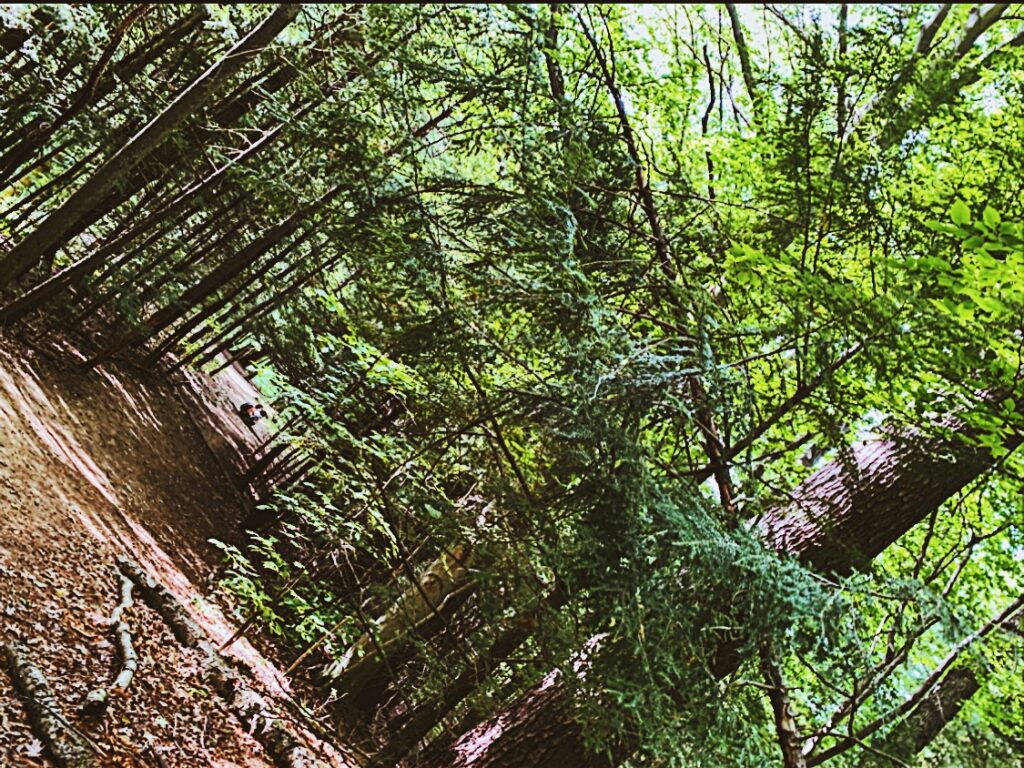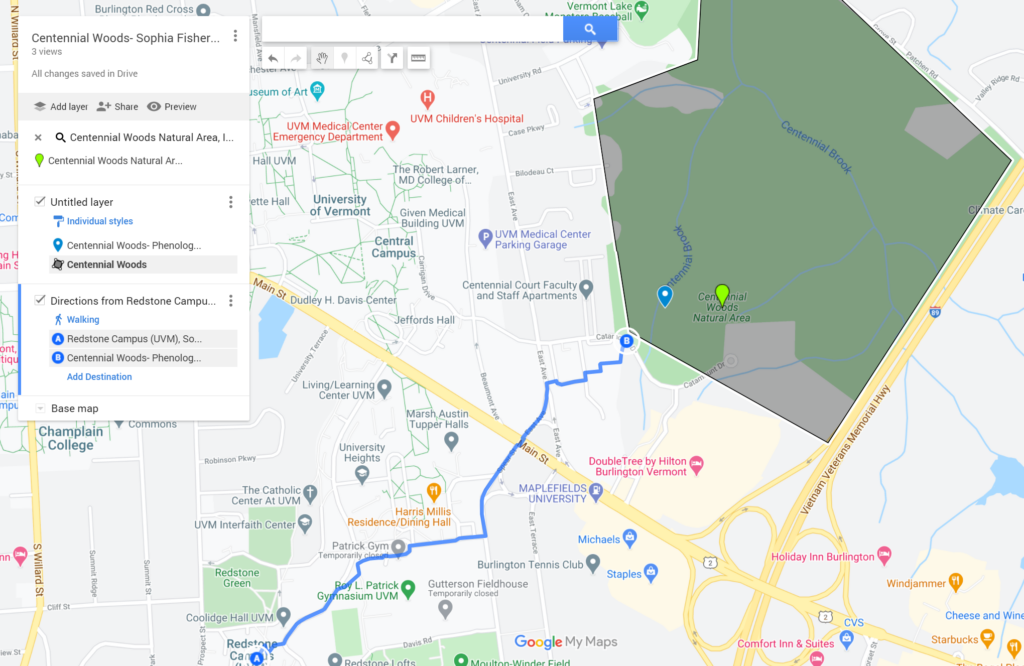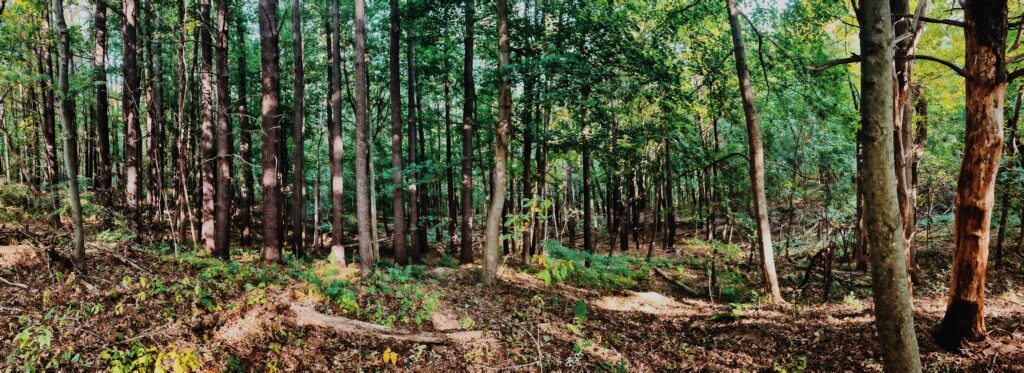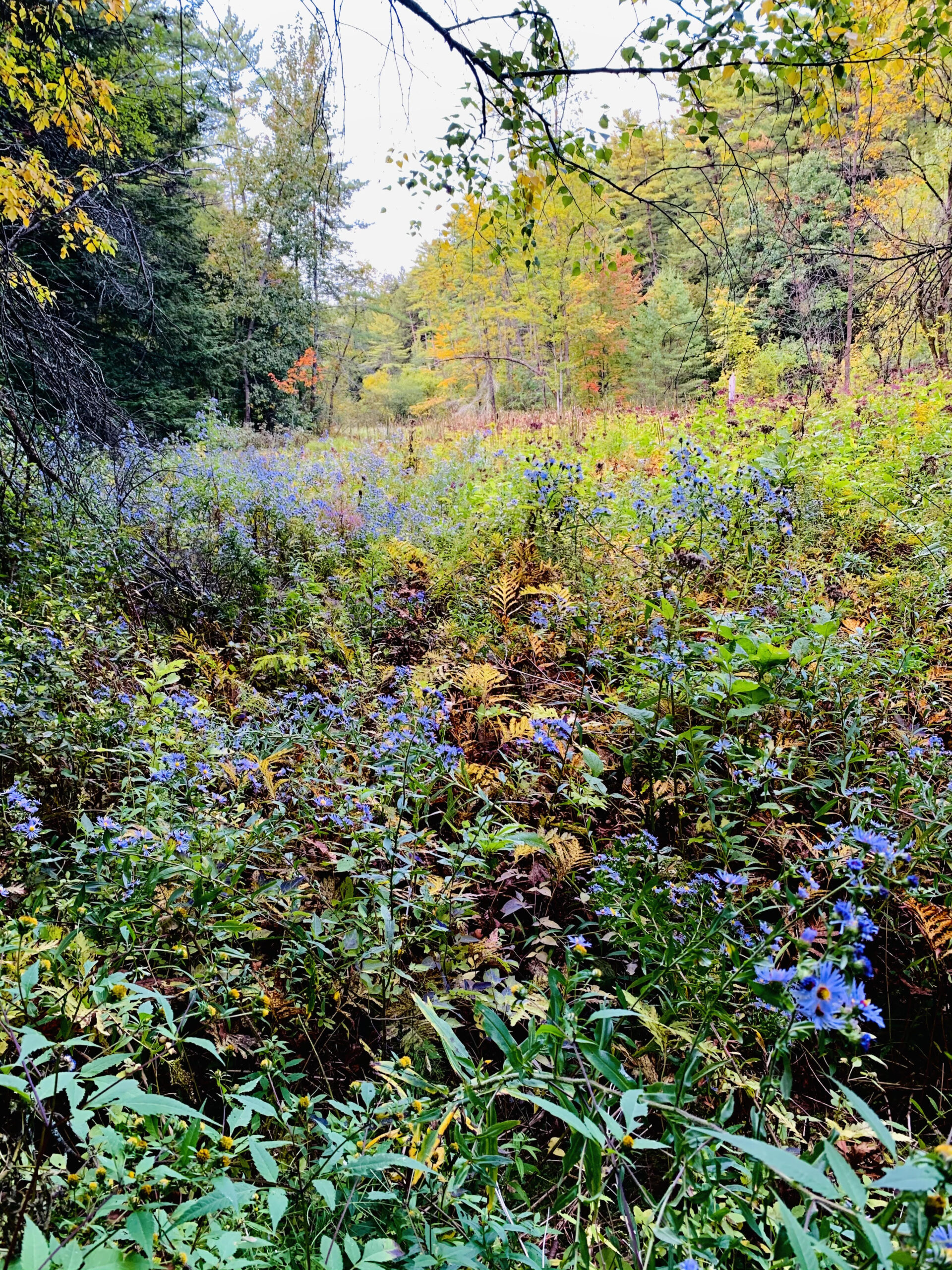Centennial Woods overview

Centennial Woods is one of nine natural areas preserved by the University of Vermont on campus, and it is within walking distance on every part of the ground of UVM. Located on the far east side of campus behind the UVM Children’s Hospital and Medical Center parking garage, Centennial woods is about a one mile walk from the WDW dorms on Redstone Campus where I live. This walk will take about 20 minutes from Redstone, however, taking the campus bus to Central Campus and walking the remainder of the way cuts off about 5 minutes from the estimated walking time.

When deciding what location to pick for this project, I was immediately drawn to Centennial Woods because its rich land-use history and the natural beauty that is perfectly preserved in an urbanized city. I am from Chicago, so having access to such a rich environment in the heart of Burlington is what I dream of having at home.
Vegetation and woody plants
Centennial Woods is home to a plethora of vegetation and woody plant species. Based upon the plant species growth within the area, Centennial Woods is classified as a Northern Hardwood Forest. As per typical Northern Hardwood Forests, Centennial Woods is composed of primarily Sugar Maple, Yellow Birch, Paper Birch, various Maple species including Red, Striped and Sugar Maple, Eastern Hemlock, Eastern White Pine, and Northern White Cedars. Pines tend to thrive in these woods, and this is due largely in part by a positive feedback loop created by the needles that fall to the soil. Pine trees tend to thrive in acidic soil, so to help increase the acidity of the soil, pine trees evolved to have slightly acidic needles. When the needles fall to the soil, they are incorporated into the soil, and therefore make the soil more acidic. This process helps the pine trees in Centennial Woods to thrive.

As mentioned above, in addition to the copious woody plant species that inhabit Centennial Woods, this area also modes a wide variety of vegetation, and these species types vary throughout the woods based on soil composition and saturation. When hiking in the drier parts of the woods you will commonly find poison ivy and staghorn sumac, but once you reach the stream you will find various fern species, honeysuckle, and buckthorn. Additionally, upon reaching the man-made wetland, you will find an entire field of new England Aster, cattails, and many other wetland vegetation species. This difference in vegetation types is due to the individual species’ soil moisture preference.


